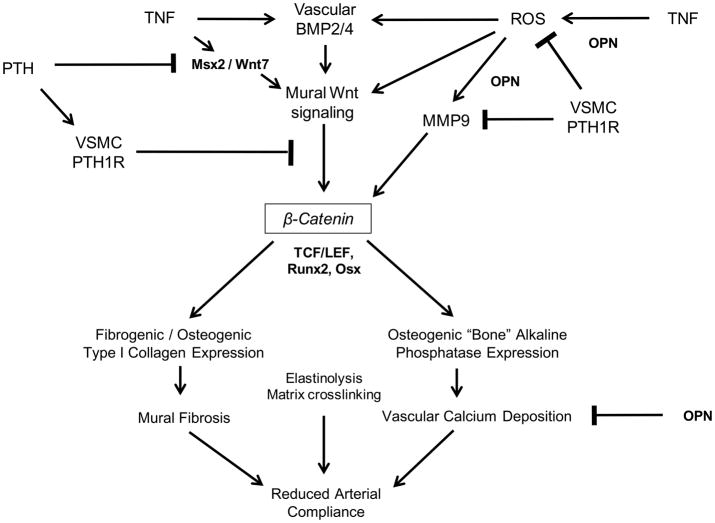Figure 7. The VSMC PTH1R and β-Catenin Signaling in Diabetic Arteriosclerosis: A Working Model.
Low-grade vascular inflammation and ROS that accompany T2DM promote mural elaboration of TNF, BMP2/4, and Msx2-Wnt signaling cascades that direct osteogenic differentiation of arterial mesenchymal progenitors15. VSMC-autonomous PTH1R activation down-regulates ROS accumulation, MMP9 activation (degrades N-cadherin19), β-catenin protein accumulation and signaling, and Runx2 expression. By mechanisms yet to be identified, systemic PTH(1–34) administration additionally reduces adventitial Msx2 and Wnt mRNA accumulation16,25. The impact of PTH/PTH1R signaling on elastinolysis and matrix crosslinking has yet to be evaluated. Not shown is the important role of Sox9 in specifying the common osteo-/chondro- progenitor, or the Smad signals that convey vascular BMP actions4,58.

